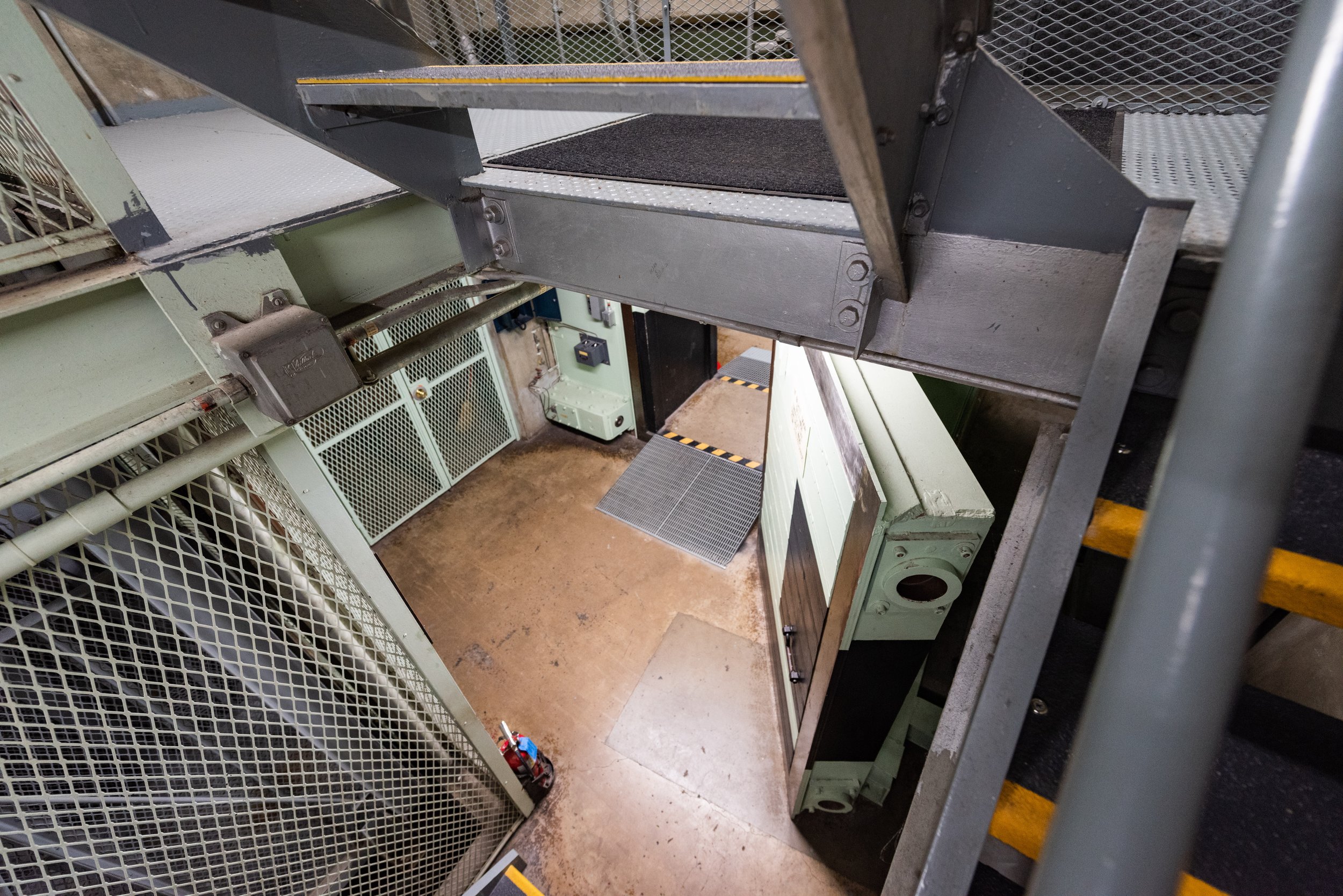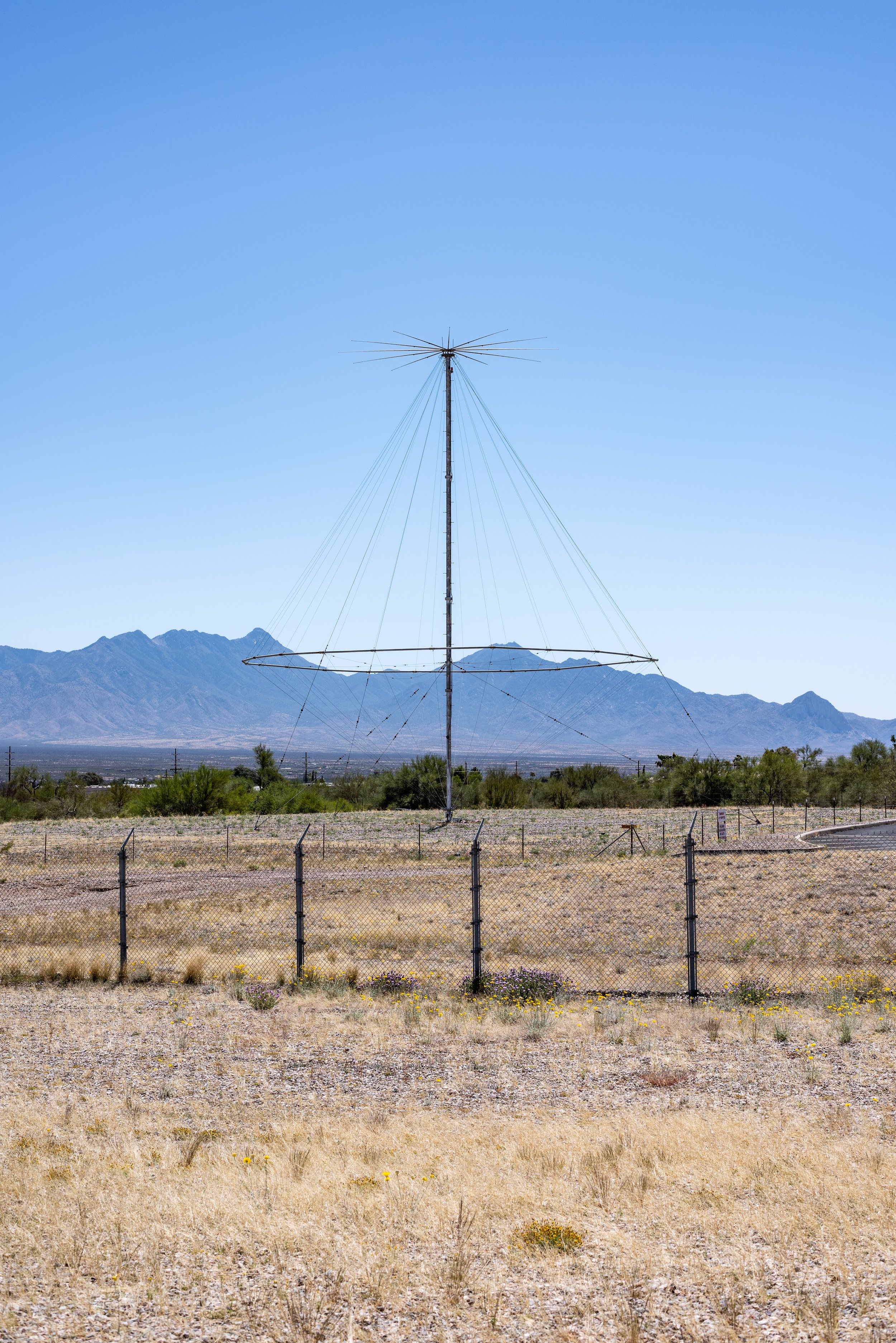Between 1963 and 1984, a complex hosting a 340,000 lb. Titan II missile with a 9 megaton nuclear warhead stood at the ready just 25 miles from Tucson, AZ. One of the six squadrons that operated the Titan II missile across the western United States, the 390th Strategic Missile Wing operated 18 silos in total. With the United State’s entrance into the SALT treaty and having outlived their projected service life, the Titan II missiles were phased out of service starting in 1982. Under an agreement with the Soviet Union, site 571-7 was deactivated and saved as the single remaining example of a 24-hour alert liquid-fueled ICMB missile launch site. The LGM-30 Minuteman III is the only land-based ICBM currently operated by the United States, and is expected to remain in-service until the 2030s.
As the Cold War raged on, the United States turned to a network of Titan II missiles stationed in hardened bunkers to ensure that the threat of nuclear attack remained under control. Mutually assured destruction relies on the Nuclear Triad, which consists of three components: the land, sea, and air based delivery of nuclear weapons. In the post-WWII era, the United States developed their first land-based intercontinental ballistic missile (ICBM) to effectively deliver nuclear payloads to the Soviet Union. The Titan I and SM-65 Atlas both predate the long-lived Titan II by 3 years, and both platforms had the disadvantage of using volatile liquid fuels and oxidizers. These early missiles would be fueled just before launch, leaving the missile exposed outside its silo and delaying any retaliation against a first strike by about 20 minutes.
The Titan II was the answer to the shortcomings of the Titan I and SM-65 Atlas series ICBMs. It used a stable fuel and oxidizer that could be ignited instantly and stored indefinitely at 60º F. The missile resided in an underground silo protected by a 740 ton concrete sliding hatch. The entire facility was hardened, designed to withstand a nearby nuclear strike or seismic event but not a direct hit. 4’ x 3’ thick springs suspend the multi-story launch control center and acted as shock absorbers, with similar measures installed on a smaller scale throughout the complex to protect critical components.





Despite its size and destructive power, it only took a 4 man crew to operate the launch site: 2 missile combat officers, an analyst, and a facilities technician. Crews worked 24 hour shifts, and the launch procedure could be executed in under a minute: on order of the President, a 35 character launch code would be transmitted over radio to the missile sites like 571-7. The two missile operators would write down and compare their translation of the code. If the codes matched, they’d open a locked safe to authenticate the launch order. After unlocking the missile with a separate code and inserting the launch keys into the console, the silo doors would open and allow the missile to strike a preprogrammed target. The decrease in launch procedure from 20 minutes to under 1 minute was a major advantage of the Titan II program.
Tours of site 571-7 take you through the blast lock, launch control center, cableway, and missile silo. After a short introductory video in the visitors center, we descended down the 55 steps to the blast lock. Massive 6,000 lb. blast doors guard the entrances to the underground segments of the base. The launch control center looks as it did back when the site was on alert, and you can see the safety suits worn by technicians who maintained the missile in the equipment locker. Back up on the surface, we were able to take a peak at the missile from the top down, thanks to the viewing platform that abuts the silo. Also seen at ground level are the high frequency discharge antenna, fuel and oxidizer hardstands, and TPS antennas used to detect intruders via radar. And while I thought the tour was a little rushed, I was still excited to document such a critical piece of our nation’s nuclear history during my trip through Arizona.






